Your cart is currently empty!
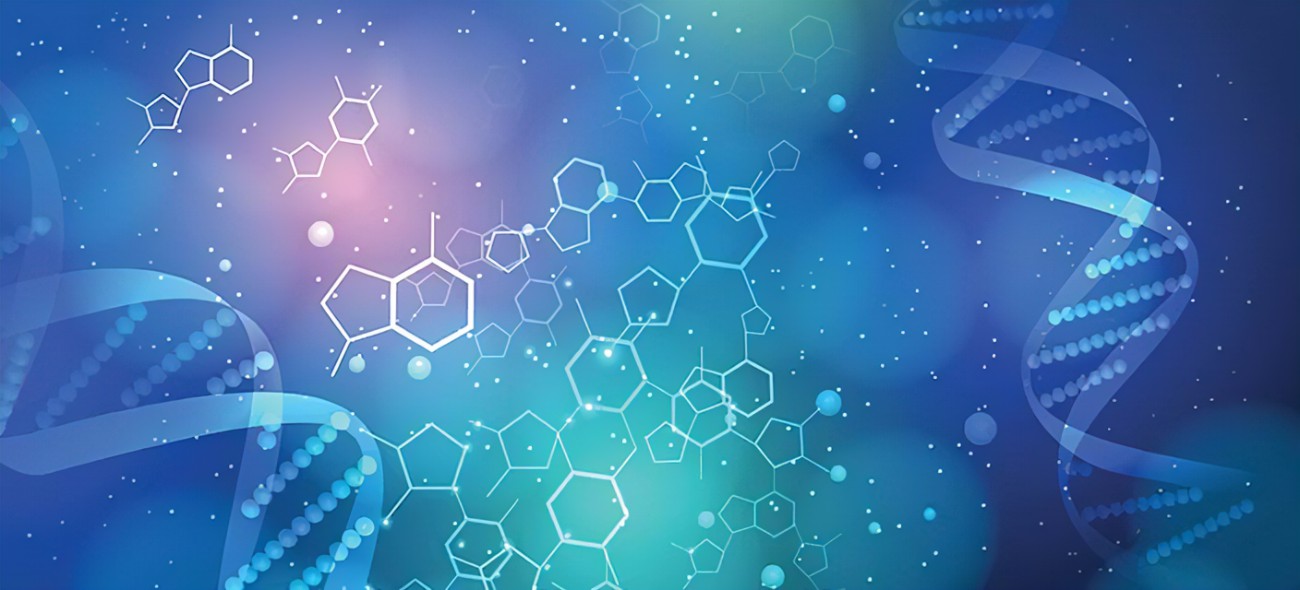
PEG-MGF (IGF-1 EC) – 2 mg
MGF (Mechanical Growth Factor) – is produced in the body after performing strenuous physical muscle work. Mechanical growth factor activates proliferation – the production of sprouts in myoblasts (muscle stem cells that have the ability to divide), and leads to muscle growth and regeneration after intense training or heavy exercise.
Description
MGF (Mechanical Growth Factor) – is produced in the body after performing strenuous physical muscle work. Mechanical growth factor activates proliferation – the production of sprouts in myoblasts (muscle stem cells that have the ability to divide), and leads to muscle growth and regeneration after intense training or heavy exercise. The effect of MGF is largely similar to that of HGH – MGF promotes muscle growth, increases muscle strength, and has great anabolic potential.
MGF – although a derivative derived from IGF-I, it differs from conventional IGF-I in its sequence and the way it forms proteins in the body. While IGF-1 is mainly metabolized in the liver, MGF is formed directly in the muscles, in response to overload and as an impetus to repair and rebuild damaged fibers. The half-life of MGF is on the order of just a few minutes.
In a way, a disadvantage of MGF is its short half-life, which is calculated in minutes. Therefore, a longer-acting variant of MGF, called PEG-MGF (IGF-1 EC), has been developed by means of Pegylation. Pegylation is the process of joining one or more chains using a substance called polyethylene glycol (PEG) to a protein or peptide molecule such as IGF or, in this case, specifically MGF. Since the body does not react to PEG, it helps to provide a protective barrier around the desired protein or peptide, making it increase its half-life and be able to survive in the body significantly longer. Pegylation is often used specifically for substances that are frequently subjected to enzymatic attack. PEG is inert, non-toxic and very good at protecting the Amin group, due to its design and flexibility.
It is a potent anabolic hormone that causes muscle growth through hyperplasia (growth of new cells) and simultaneously hypertrophy (increase in cell volume)
Reduces body fat by an average of 5-6% per treatment period
Can cause the growth of new blood vessels in muscle and bone
Lowers cholesterol and positively modifies lipid profile
Increases sexual activity
Increases regeneration
Protects the nervous system
It has a higher bioavailability in the body than MGF (IGF-1 EC), so even its application only 2-3 times a week is sufficient to maintain its high concentration for a long time. For athletes weighing 80-90 kg, the optimal dose of the peptide is 3x 500 mcg of PEG-MGF (IGF-1 EC) per week. If PEG-MGF (IGF-1 EC) is combined with other peptides, its dose should obviously be slightly lower. The recommended duration of use is 3-5 weeks, followed by a break of at least 1 week.
Mechano Growth Factor (MGF) is a peptide commonly found in skeletal muscle and helps respond to muscle stress and injury by regulating cell proliferation. MGF is considered to be a variant splice of insulin-growth factor 1 (IGF-1). IGF-1 is unique as it is composed out of 6 exons and 5 mRNA codings for different isoforms. These isoforms, IGF-1Ea, IGF-1Eb, and IGF-1Ec, were found through mRNA splicing. IGF-1Ea is the isoform normally found in the liver, while IGF-1Eb and IGF-1Ec are found in the muscle. Animal studies have found that when muscle tissue is damaged by stress or injury, the expression of IGF-1Eb is upregulated. Since the damage to the muscle was caused in a “mechano-sensitive manner”, the isoform was given the common name, Mechano Growth Factor.
Effects of MGF on Cellular Regeneration
As it was previously mentioned, MGF is the common name for the IGF-1Eb isoform that is capable of promoting healing in damaged muscle tissue. Researchers Matheny et. Al examined the beneficial effects MGF has on satellite cell activity, neuroprotection, and aging.
The researchers cited various studies examining the correlation between MGF and the activation of satellite cells. The first cited study took place in 2003 and observed how the satellite cells of the tibialis anterior (TA) muscle in rats responded to MGF administration following damage caused by stretching, electrical stimulation, or myotoxin injection. Results found that levels of IGF-1Eb (MGF) dramatically increased following the damage. However, it was shown that levels spiked before the satellite cells became active which led researchers to conclude that the protein byproducts of increased MGF had a positive effect on satellite cell activation. Further studies built upon this information, concluding that MGF led to an increase in “desmin-positive myogenic precursor cells”, allowing the researchers to conclude that MGF has beneficial effects on cell proliferation in skeletal muscles.
Neuroprotective Benefits of MGF
Additional research was conducted regarding the neuroprotective benefits of MGF. The first cited study from 2004 examined how MGF protected the facial nerves of rabbits. The subjects were all injected with MGF in their facial nerves and then underwent nerve avulsion. Results showed that following the procedure the rabbits were almost 100% protected from motor neuron loss. Further studies reported that injection of synthetic MGF combined with SH-SY5Y neurons protected against apoptosis and mitochondrial stress following the administration of a neurotoxin.
Furthermore, the study conducted by Matheny et. Al continued to examine the relationship between MGF levels and aging. When testing young, middle-aged, and old rats there was initially no change in levels of MGF in the skeletal muscles. However, all ages of mice underwent a surgical ablation to the distal gastrocnemius tendon. 5 days after the ablation all mice showed improved levels of MGF. Additionally, the study found that MGF increased the most in young rats while older rats did not reach the same level of induction, indicating that improvement of MGF levels is age dependent. However, other popular studies found that there is no age-related component and when rats were subject to the same amount of stress and damage, MGF levels increased at a similar rate (https://www.ncbi.nlm.nih.gov/pmc/articles/PMC2840678/).






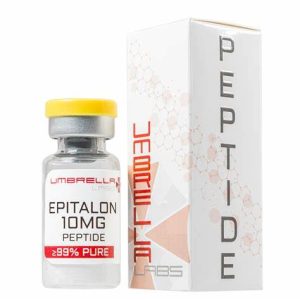
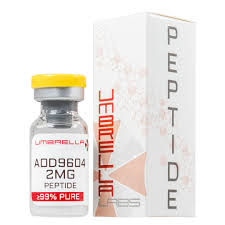
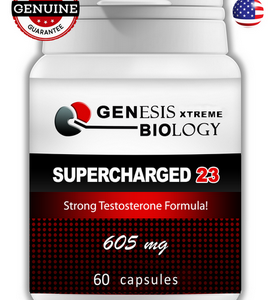
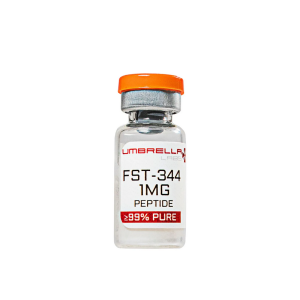
Reviews
There are no reviews yet.